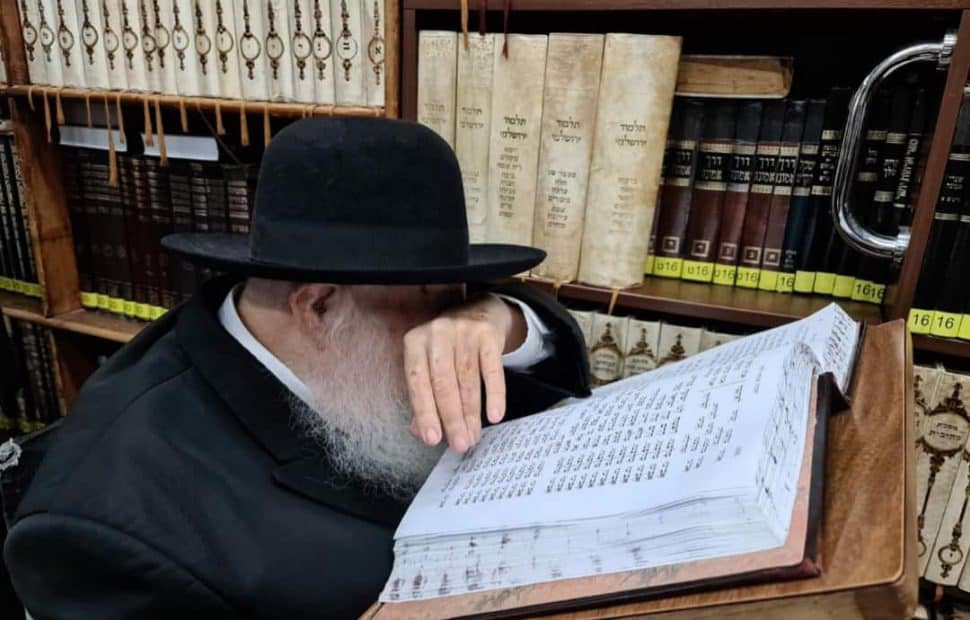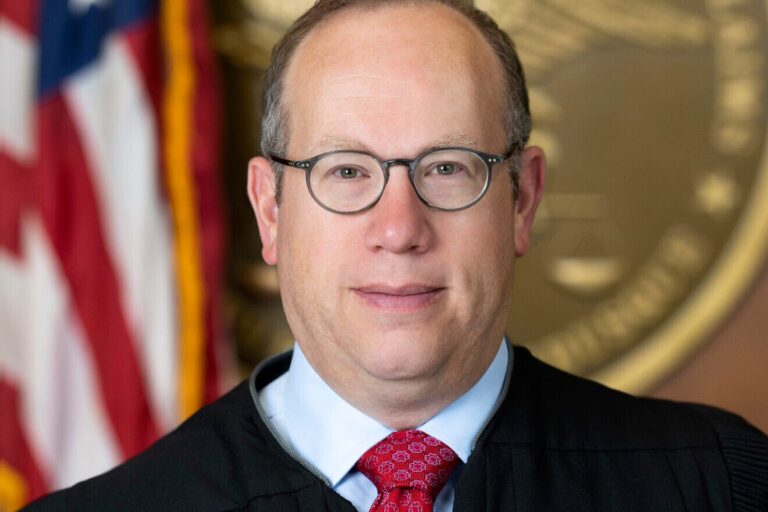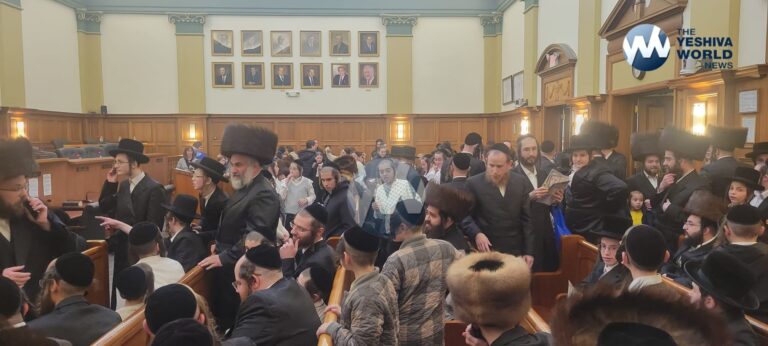By Rabbi Yair Hoffman for 5tjt.com
- The nefilas apayim – falling on the face should be done while sitting – not standing. B’Shaas Hadchak, under pressing circumstances it may be done while standing (Shoneh Halachos 131:5)
- Nefilas apayim is only done when there is a sefer Torah present. Even an individual davening in his own home should perform it if he has a sefer Torah there. If there is no sefer Torah present, but there are other seforim present, there is a debate as to whether it is performed (the Chazon Ish rules that one does it). But the tachanun itself is always recited even without nefilas apayim.
- In a chatzer of a shul or in the azarah that is opened to a shul, and the doorway is opened and one can see from there to the place of the aron – the nefilas apayim is performed. The same is true with an ezras nashim – the women’s section if one can see from the openings the place of the aron.
- Nefilas apayim is not performed at night. Therefore, if Minchas extends until night – the nefilas apayim is not performed. It is the custom to do it during bain hashmashos of evening.
- It is proper to say, “vaAnachnu lo naidah” while sitting and “mah naaseh” while standing.
- When there is a bris milah or a chosson in the shul – tachanun is not recited – even by those in the courtyard since they follow the shul – when they do not have their own Aron and teivah. But in another shul it is recited.
- Tachanun is not recited in the house of an avel the entire 7 days of mourning. Even after they have left the home, there is no need to recite the Tachanun. But he should say v’hu rachum when he gets home, but many are lenient in this (ibid 15)
- If someone is reciting tachanun and the shliach tzibbur is reciting the kaddish after tachanun, he should answer amain, but he should not arise.
- Women should recite nefilas apayim. [YH: Not all agree with this.]
- The Chazon Ish ruled that if they made a mistake and recited Kaddish after the repetition of the SHmoneh Esreh – Tachanun is not recited afterward.
- The Chazon Ish ruled that tachanun is recited after the isru chag of both Shavuos and Sukkos. He ruled like this for Pesach Sheini as well.
- If he knows that he will not have enough time to say the entire Monday and Thursday Tachanun before the tzibbur will reach krias haTorah – he should first say the regular Tachanun and then recite the VeHu Rachum tachanun of Mondays and Thursdays.
- If he just completed Shmoneh Esreh but the rest of the tzibbur is at Aleinu and he has not yet recited Tachanun – he recites Tachanun first and then Aleinu.
- These are the days in which tachanun is not recited: Rosh Chodesh, Chanukah, Purim, shushan Purim, both days of Purim Kotton, LaG BaOmer, Tisha B’Av, Tu B’Av, Tu Bishvat, All of Nissan, Between Yom Kippur and Sukkos, From Rosh Chodesh Sivan until after Shavuos, but some do not recite it even for 6 additional days after Shavuos (five days after in Chutz LaAretz). In all these days there is no tachanun even on the Mincha the day before. On Erev Rosh haShana and on Erev Yom Kippur it is not recited even on Shacharis but it is recited the previous day – during the mincha beforehand (Shoneh Halachos 131:9).
The author can be reached at [email protected]












4 Responses
pesach sheini?
If you have to be able to see the aron, what about shuls where the sifrei torah are kept in a safe, and the aron is empty except at shachris on layning days? Or ones where the main shul’s aron is a safe, but in the other rooms the aron is usually empty?
Also I’ve heard that minhag yerushalayim is that the whole city is considered like a sefer torah for this purpose.
Should one recite tachanun on days when he’s angry at his brother-in-law? 😉
Stevehynes, Pesach Sheni is NOT traditionally one of the days when minhag Ashkenaz omits Tachanun.